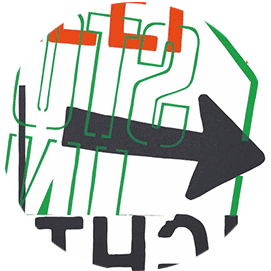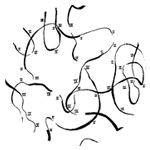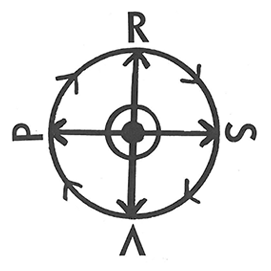Path 02
A Treatise Remix Handbook
What is the relevant way of speaking about Treatise? What are the terms? Can one really say anything explicit about it? (Cardew 1971, 102)1
Introduction
In “The Ground”, I asked myself two questions in response to an invitation to compose for an improvising … Read Chapter
Path 03
Entextualization and Preparation in Patterson’s Variations for Double-Bass
Introduction
Most composers of notation for improvisers are improvisers themselves. This is no coincidence. As composer-pianist and improvisation scholar Vijay Iyer has noted,
The most savvy composers writing for improvisors are those with personal experience as improvisors – those who possess an intimate understanding of … Read Chapter
Path 04
Invitation to Collaborate — Répondez s’il vous plaît!
Notation is an invitation to collaborate.1
In the planning of communities a score visible to all the people allows each one of us to respond, to find our own input, to influence before decisions are made. Scoring makes the process visible.2
Collectivity … Read Chapter
Path 05
Say No Score: a Lexical Improvisation after Bob Ostertag
A Score can become a notch cut or line, an account kept, number of points made, set of twenty, a topic, piece of good fortune, worst in repartee, and much more. And not to forget a Partitura from the Latin Pars indicating both partial, direction … Read Chapter



